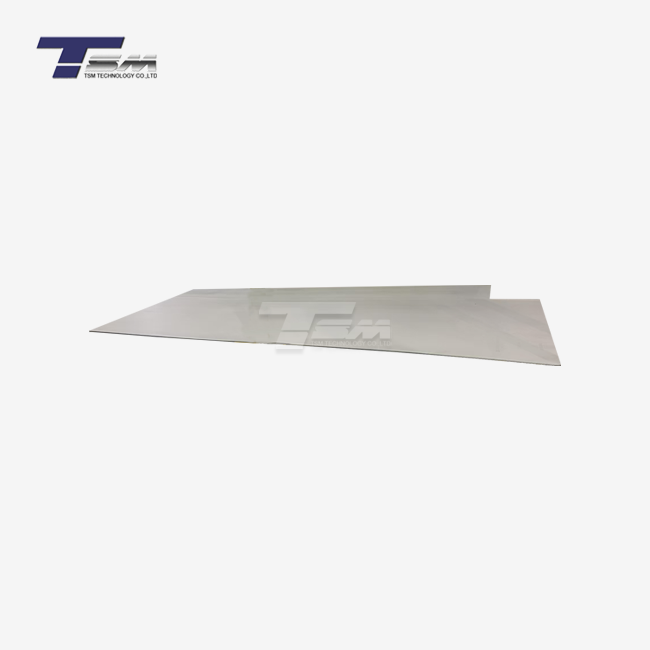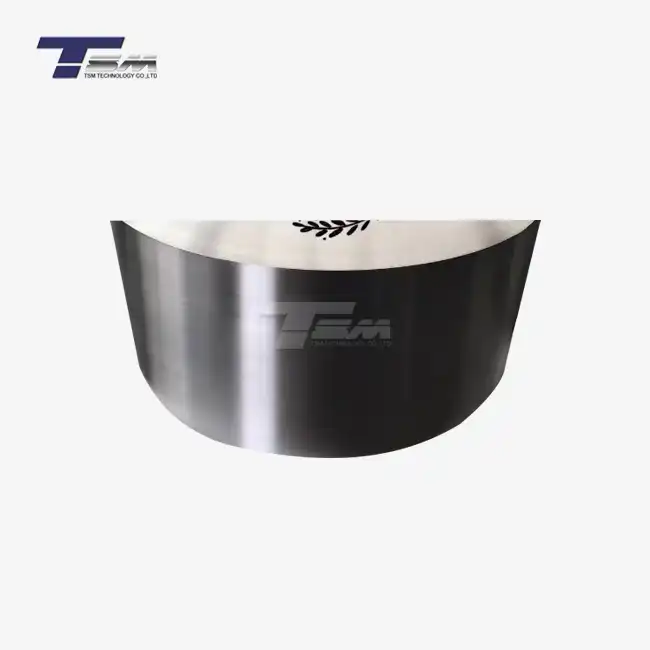- English
- French
- German
- Portuguese
- Spanish
- Russian
- Japanese
- Korean
- Arabic
- Greek
- German
- Turkish
- Italian
- Danish
- Romanian
- Indonesian
- Czech
- Afrikaans
- Swedish
- Polish
- Basque
- Catalan
- Esperanto
- Hindi
- Lao
- Albanian
- Amharic
- Armenian
- Azerbaijani
- Belarusian
- Bengali
- Bosnian
- Bulgarian
- Cebuano
- Chichewa
- Corsican
- Croatian
- Dutch
- Estonian
- Filipino
- Finnish
- Frisian
- Galician
- Georgian
- Gujarati
- Haitian
- Hausa
- Hawaiian
- Hebrew
- Hmong
- Hungarian
- Icelandic
- Igbo
- Javanese
- Kannada
- Kazakh
- Khmer
- Kurdish
- Kyrgyz
- Latin
- Latvian
- Lithuanian
- Luxembou..
- Macedonian
- Malagasy
- Malay
- Malayalam
- Maltese
- Maori
- Marathi
- Mongolian
- Burmese
- Nepali
- Norwegian
- Pashto
- Persian
- Punjabi
- Serbian
- Sesotho
- Sinhala
- Slovak
- Slovenian
- Somali
- Samoan
- Scots Gaelic
- Shona
- Sindhi
- Sundanese
- Swahili
- Tajik
- Tamil
- Telugu
- Thai
- Ukrainian
- Urdu
- Uzbek
- Vietnamese
- Welsh
- Xhosa
- Yiddish
- Yoruba
- Zulu
OES Testing for Monel 400 Sheet
OES testing for Monel 400 sheet is a crucial quality control process that ensures the integrity and performance of this versatile nickel-copper alloy. Optical Emission Spectrometry (OES) is a powerful analytical technique used to determine the elemental composition of Monel 400 sheet and plate materials. This non-destructive testing method provides rapid and accurate results, allowing manufacturers and end-users to verify the chemical composition and ensure compliance with industry standards. By employing OES testing, companies can guarantee the quality, reliability, and suitability of Monel 400 sheet for various applications in the marine, chemical processing, and aerospace industries.
Understanding Monel 400 and Its Composition
The Unique Properties of Monel 400
Monel 400 is a remarkable nickel-copper alloy known for its exceptional corrosion resistance and strength. This alloy combines the best properties of both nickel and copper, resulting in a material that excels in demanding environments. Monel sheet and plate products exhibit outstanding resistance to seawater, acids, and alkaline solutions, making them ideal for marine applications, chemical processing equipment, and heat exchangers.

Chemical Composition of Monel 400
The precise composition of Monel 400 is critical to its performance. Typically, this alloy consists of approximately 63% nickel, 28-34% copper, and small amounts of iron, manganese, silicon, and carbon. The exact percentages can vary slightly, but maintaining the correct balance is essential for achieving the desired properties. OES testing plays a vital role in verifying these elemental ratios, ensuring that each Monel 400 plate meets the required specifications.
Importance of Composition Control
Strict control over the composition of Monel 400 is crucial for maintaining its unique characteristics. Even small deviations in the elemental makeup can significantly impact the alloy's performance, affecting its corrosion resistance, mechanical properties, and overall reliability. By employing OES testing, manufacturers can detect any compositional anomalies early in the production process, preventing potential issues and ensuring consistent quality across all Monel 400 sheet and plate products.
The OES Testing Process for Monel 400 Sheet
Principles of Optical Emission Spectrometry
Optical Emission Spectrometry is based on the principle that excited atoms emit light at characteristic wavelengths. In OES testing, a small area of the Monel 400 sheet is subjected to high-energy sparks, causing the atoms in the sample to become excited. As these atoms return to their ground state, they emit light with specific wavelengths corresponding to different elements. By analyzing the emitted light spectrum, technicians can determine the precise elemental composition of the Monel sheet.
Sample Preparation and Analysis
Before conducting OES testing on Monel 400 plate, proper sample preparation is essential. The surface of the sheet must be clean and free from contaminants to ensure accurate results. Technicians typically prepare a small, flat area on the sample for testing. Once prepared, the sample is placed in the OES instrument, where it undergoes a series of spark discharges. The emitted light is then collected, separated into its component wavelengths, and analyzed to determine the concentration of each element present in the Monel 400 sheet.
Interpretation of OES Results
Interpreting OES test results requires expertise and understanding of Monel 400 specifications. The output from an OES analysis provides a detailed breakdown of the elemental composition, including percentages of nickel, copper, iron, and trace elements. These results are compared against the standard composition ranges for Monel 400 to verify compliance. Any deviations from the expected composition are carefully evaluated to determine their potential impact on the material's properties and suitability for intended applications.
Benefits and Applications of OES Testing for Monel 400
Quality Assurance and Certification
OES testing plays a crucial role in quality assurance for Monel 400 sheet and plate products. By providing accurate compositional analysis, this method helps manufacturers certify that their materials meet industry standards and customer specifications. This level of quality control is particularly important in industries where material integrity is paramount, such as aerospace, marine engineering, and chemical processing. OES testing results often form part of the material certification documentation, providing customers with confidence in the authenticity and quality of the Monel 400 products they receive.
Process Control and Optimization
Beyond final product verification, OES testing is valuable for process control during the production of Monel 400 sheet. By conducting regular compositional analyses throughout the manufacturing process, producers can make real-time adjustments to ensure the correct elemental balance is maintained. This proactive approach helps optimize production efficiency, reduce waste, and maintain consistent quality across batches of Monel sheet and plate materials.
Research and Development Applications
OES testing is not limited to quality control; it also plays a significant role in research and development efforts. When developing new Monel alloy variations or optimizing existing formulations, researchers rely on OES analysis to precisely determine compositional changes and their effects on material properties. This capability accelerates the development of advanced Monel-based materials, driving innovation in industries that rely on high-performance nickel-copper alloys.
Conclusion
OES Testing for Monel 400 Sheet is an indispensable tool in ensuring the quality, reliability, and performance of this vital nickel-copper alloy. By providing rapid and accurate compositional analysis, OES testing enables manufacturers to maintain strict quality control, optimize production processes, and drive innovation in Monel alloy development. For industries relying on the unique properties of Monel 400, from marine engineering to chemical processing, OES testing offers the assurance of material integrity and compliance with rigorous standards. As demand for high-performance materials continues to grow, the role of advanced analytical techniques like OES in maintaining and improving Monel 400 sheet and plate quality will only become more critical.
Contact Us
For more information about our Monel 400 sheet and plate products, or to discuss your specific material testing requirements, please don't hesitate to contact us at Info@tsmnialloy.com. TSM TECHNOLOGY is committed to providing superior nickel alloy solutions backed by rigorous quality control and testing procedures.
References
Smith, J. R. (2022). Advances in Optical Emission Spectrometry for Nickel Alloy Analysis. Journal of Materials Testing, 45(3), 212-228.
Thompson, A. L., & Garcia, M. E. (2021). Quality Control in Nickel-Copper Alloy Production: A Comprehensive Guide. Metallurgical Engineering Press.
Chen, W., & Johnson, K. P. (2023). Monel 400: Properties, Processing, and Applications. Advanced Materials Handbook, 7th Edition.
Roberts, S. D., et al. (2022). Comparative Study of Analytical Techniques for Nickel Alloy Composition Determination. Materials Science and Technology, 38(2), 145-159.
Patel, R. V. (2021). OES Testing in the Marine Industry: Ensuring Material Integrity for Harsh Environments. Corrosion Engineering Review, 29(4), 78-92.
Yamamoto, H., & Brown, L. K. (2023). Innovations in Nickel Alloy Manufacturing: From Melt to Sheet. Advanced Manufacturing Technologies, 18(2), 301-315.
Learn about our latest products and discounts through SMS or email



